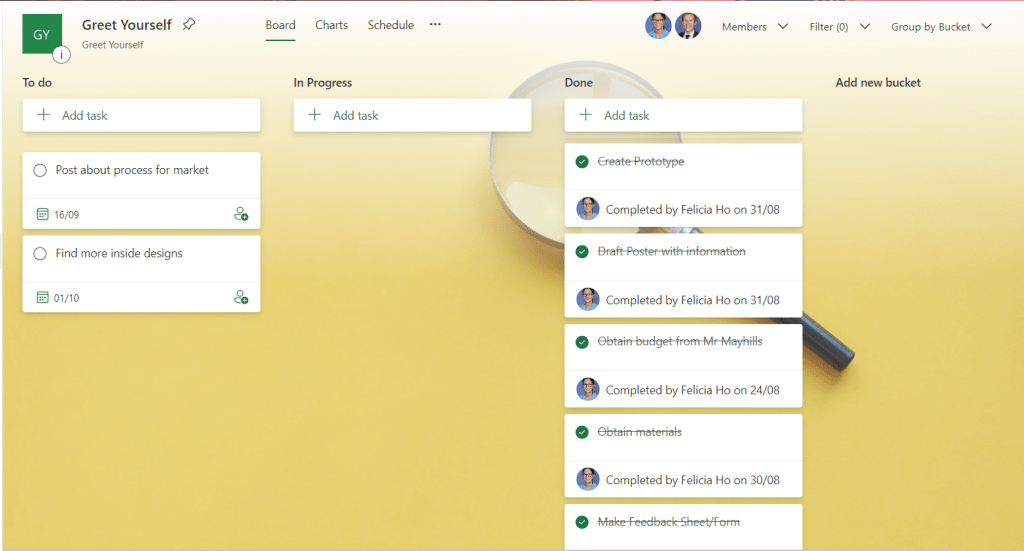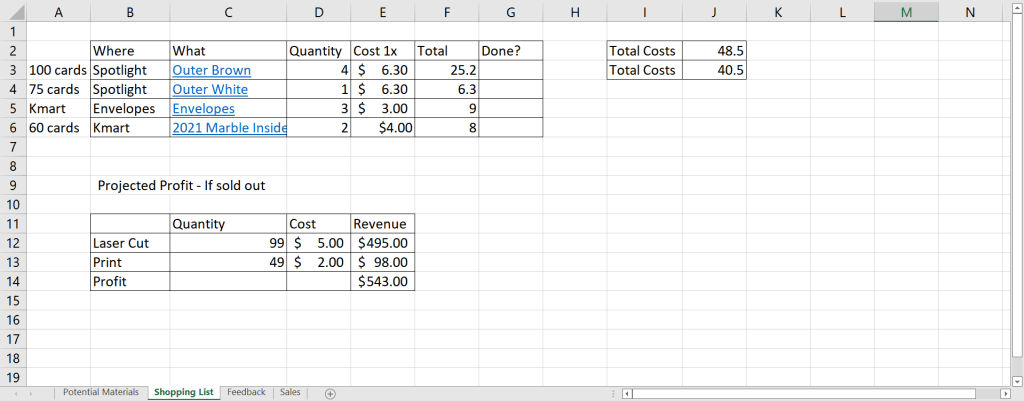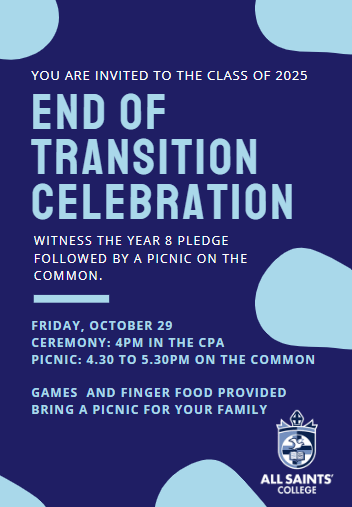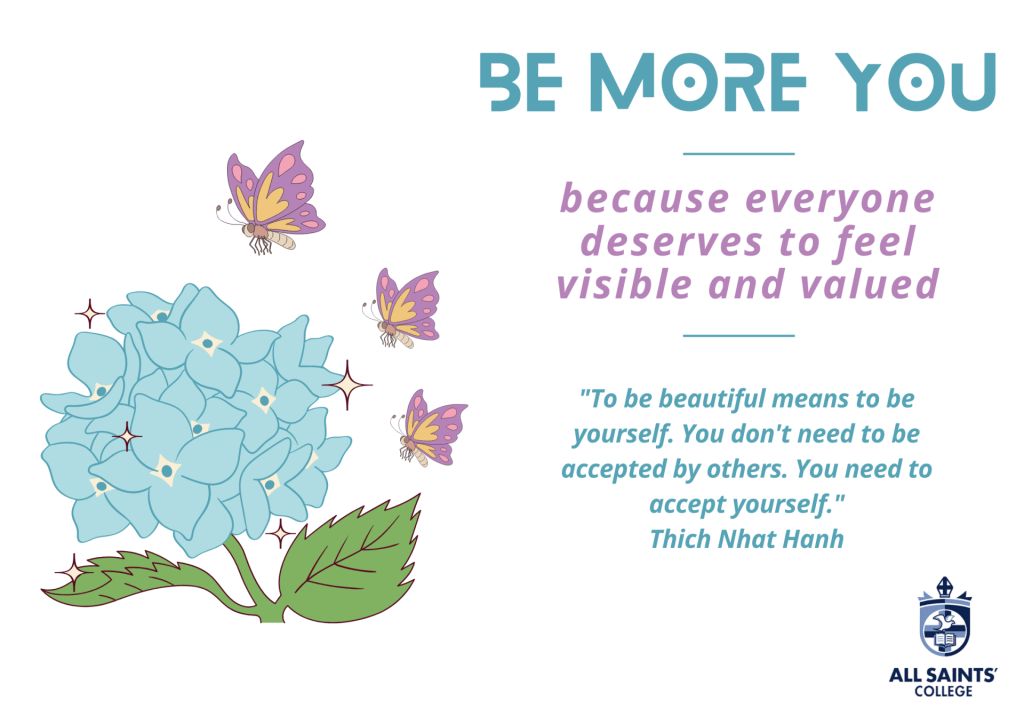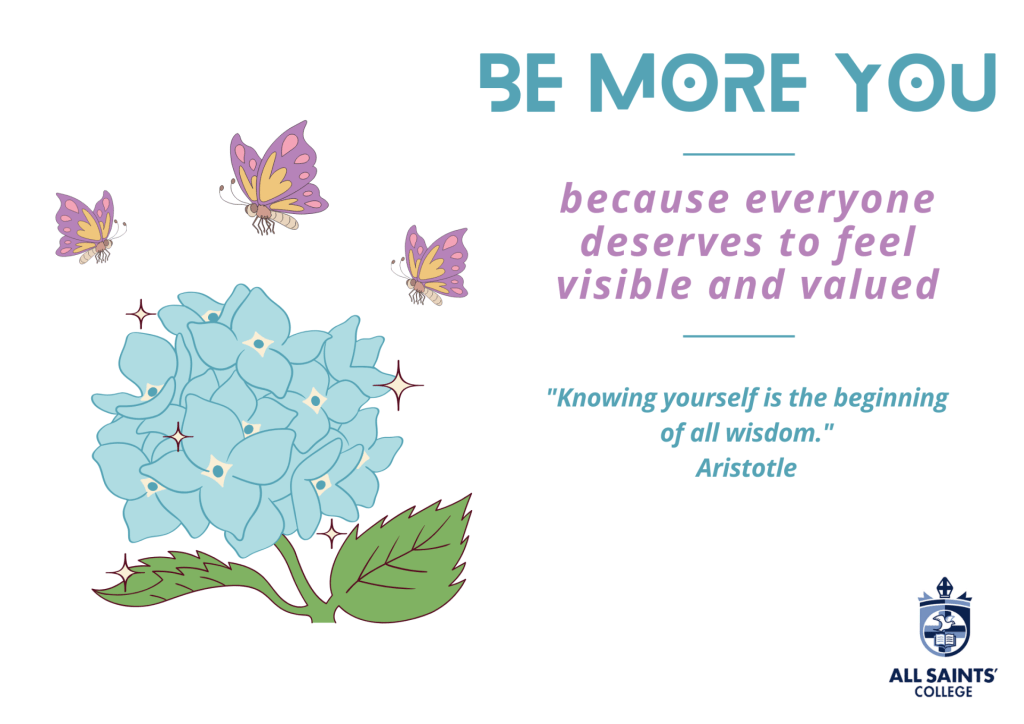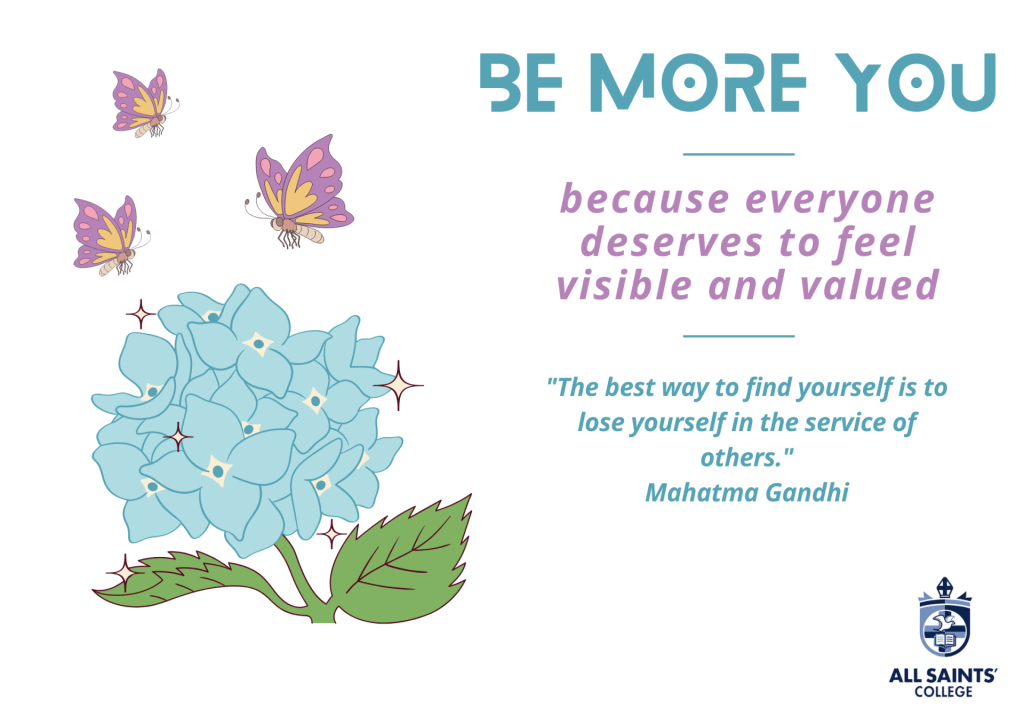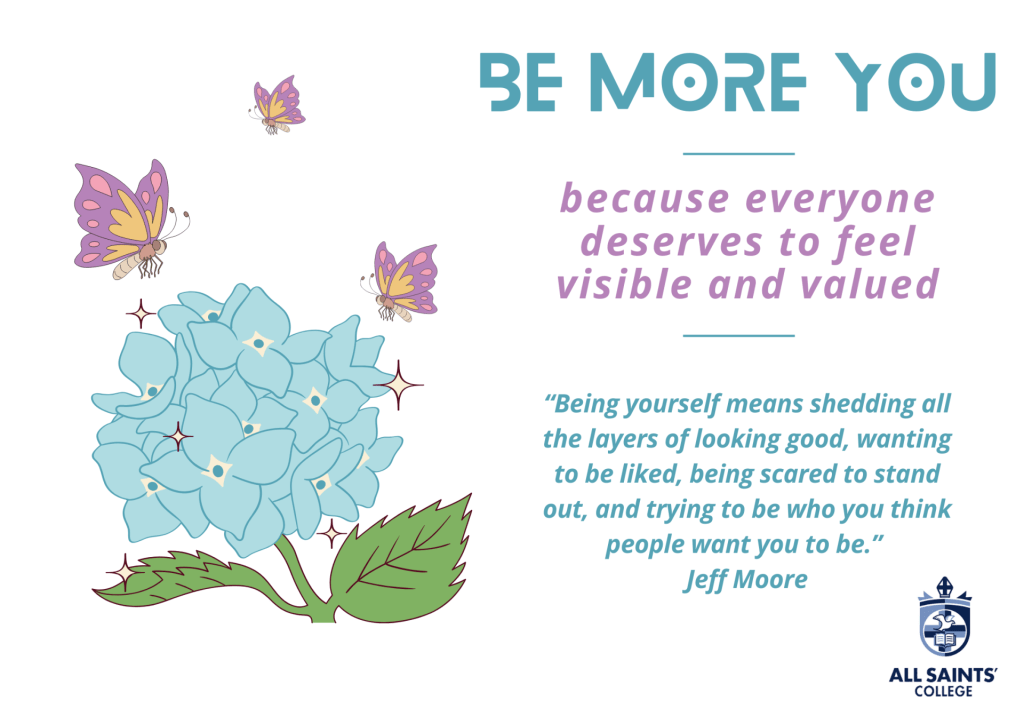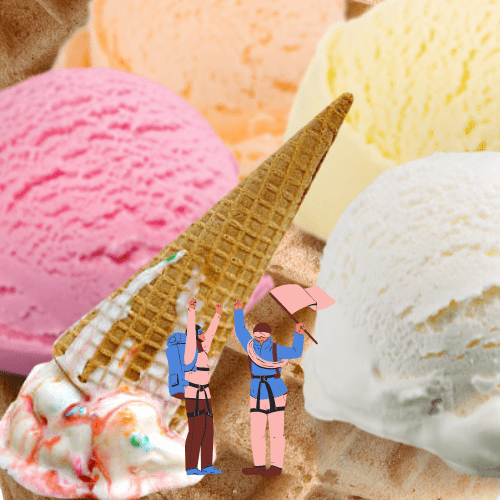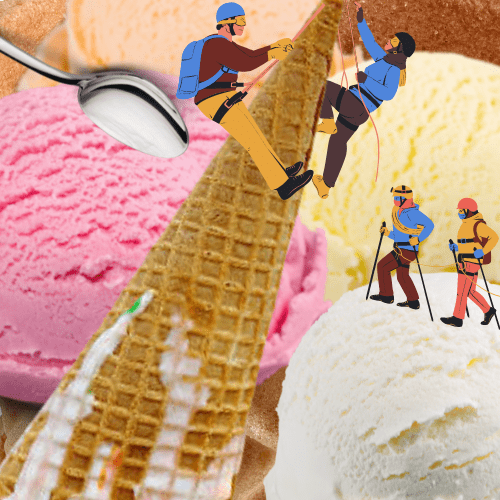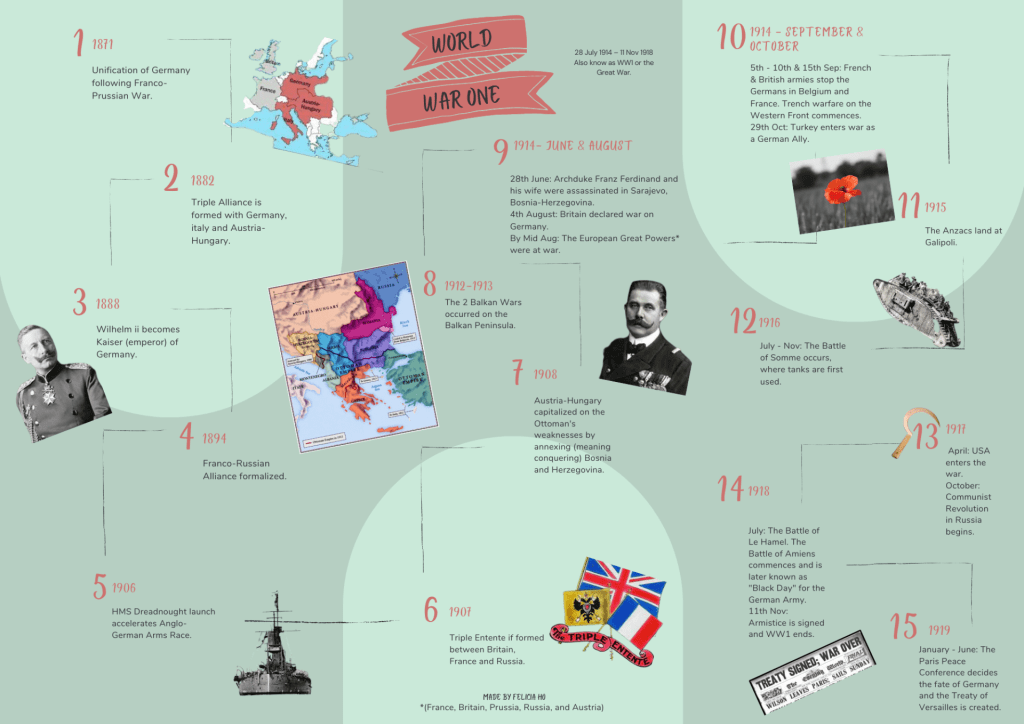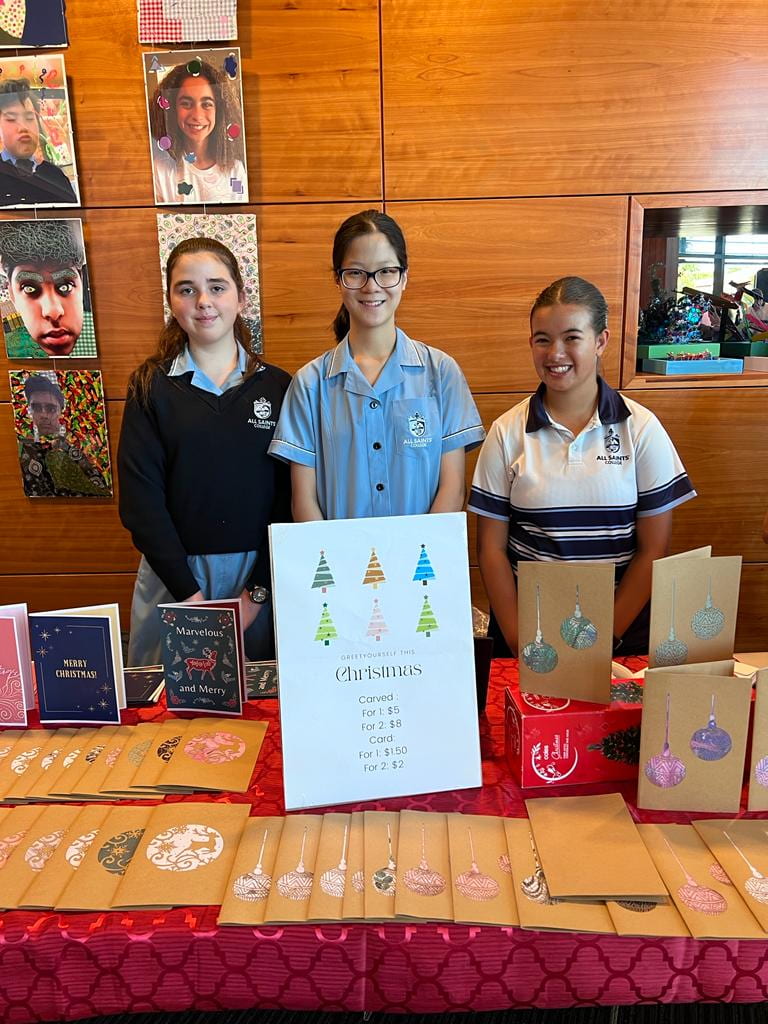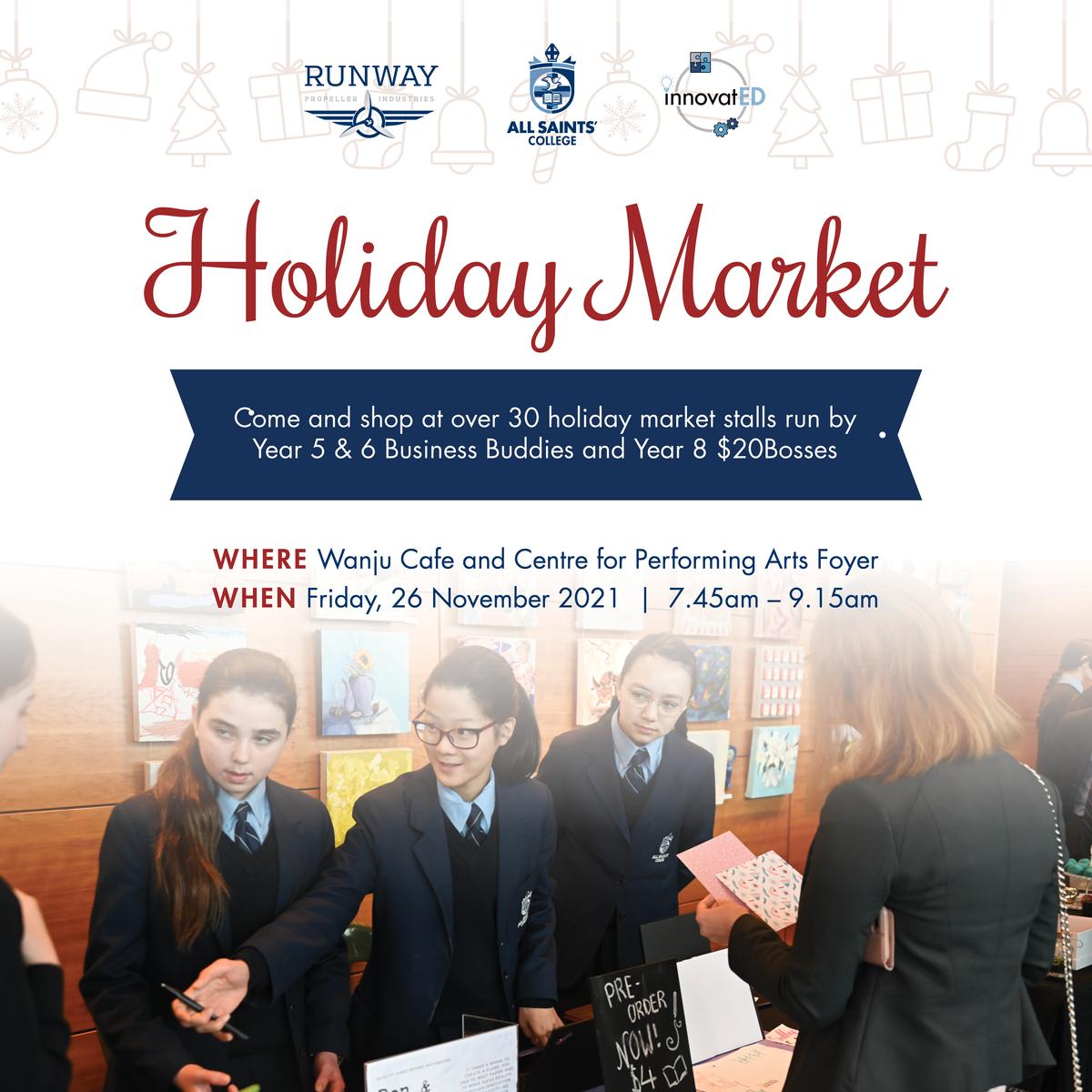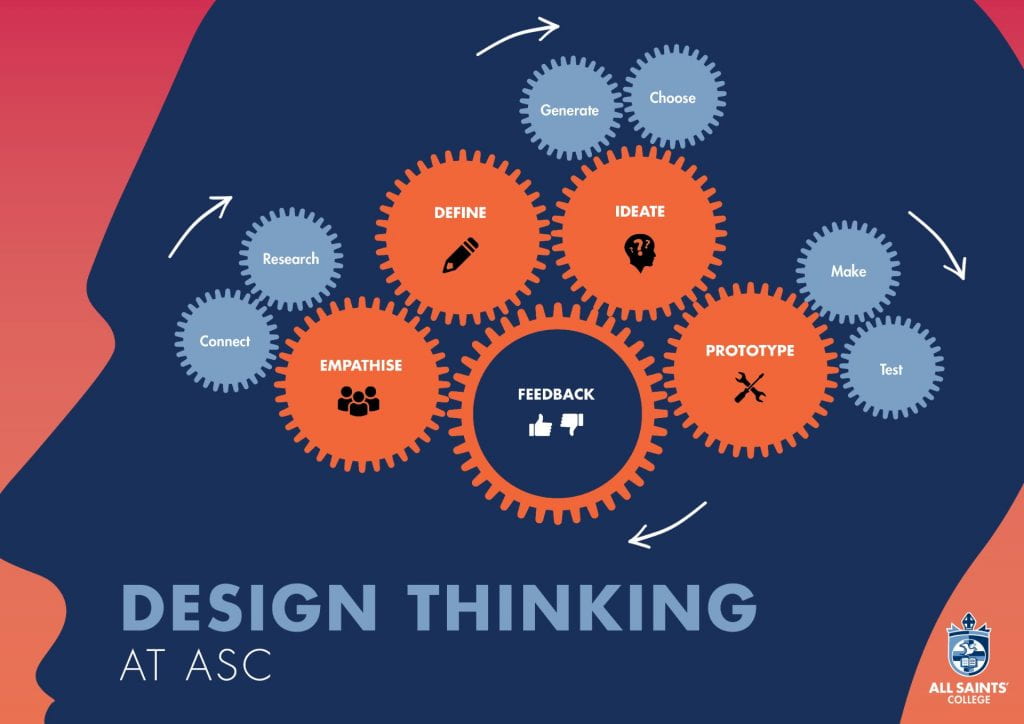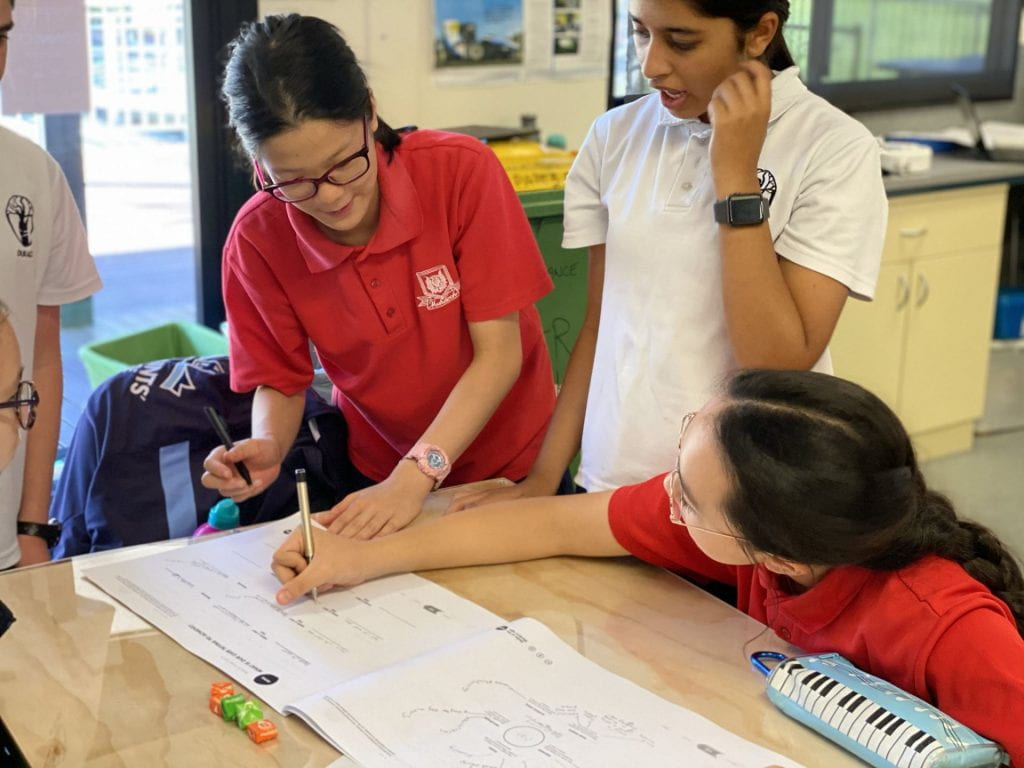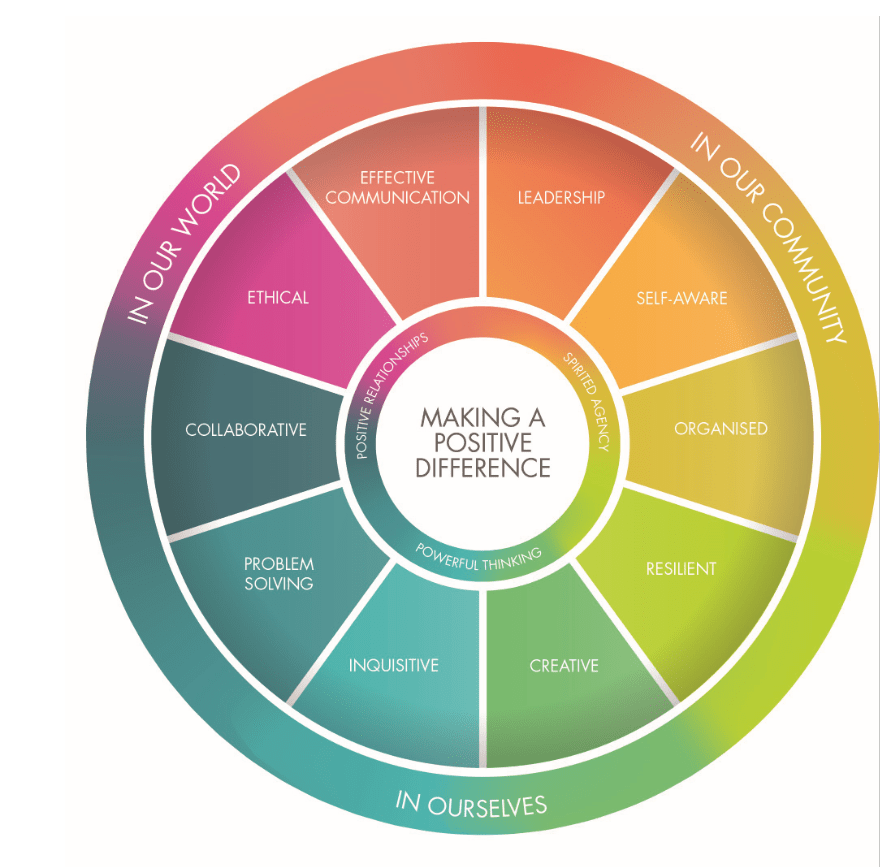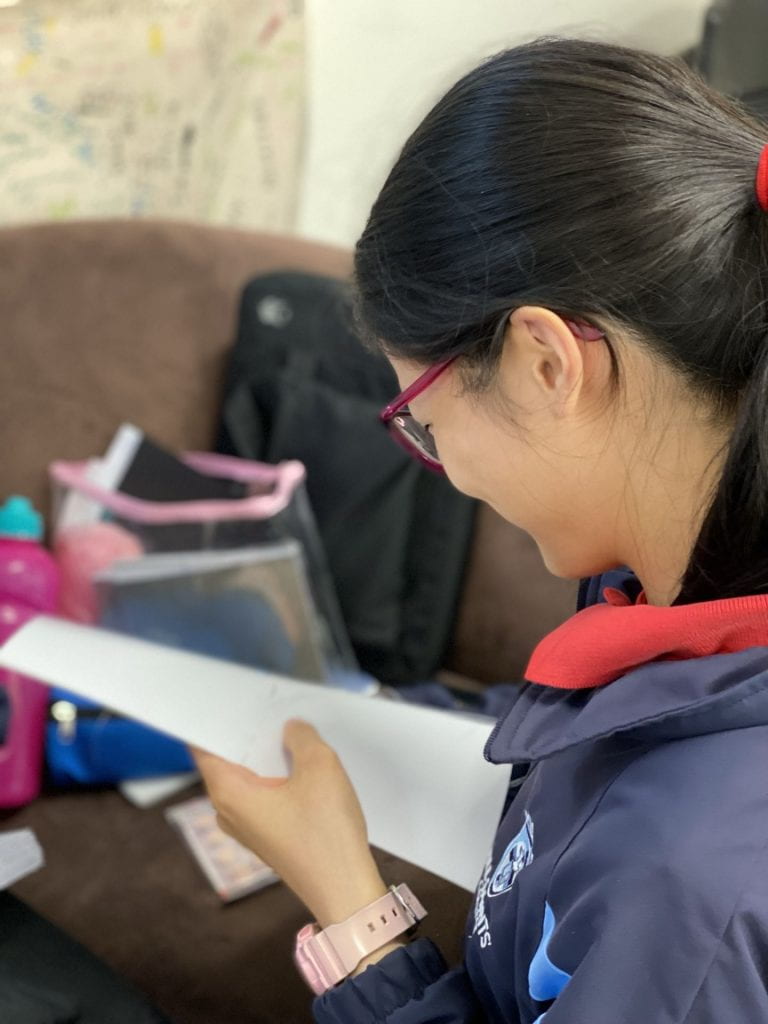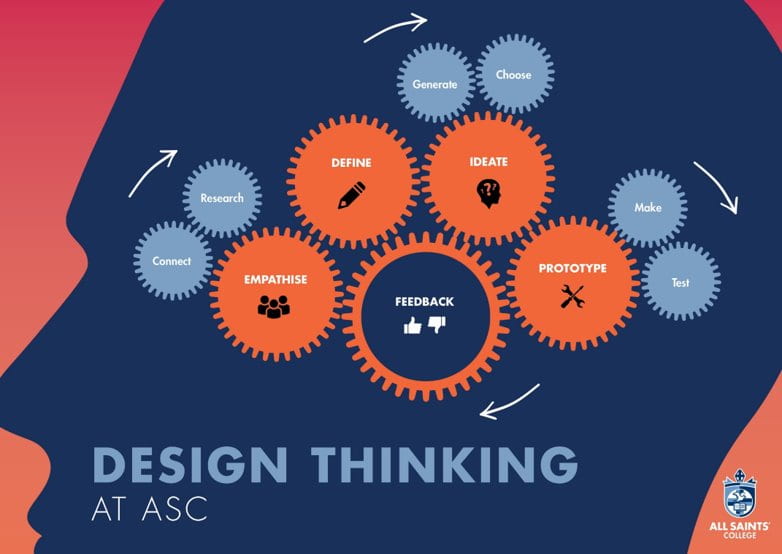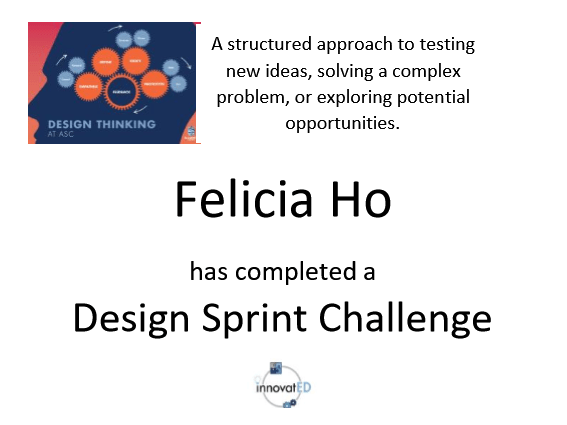On the day, to give my audience an idea of what I had envisioned, I decided to produce prototypes of each design. I debated on producing new designs, but in the end, I did not. This was because I already had functioning, in-demand designs and too much variety could cause more opportunity cost.

I first had to email Mr Scotti about whether there was any spray adhesive available. Although there was none in the E6 workshop, I managed to procure some by borrowing from Ms Brookland (Art Dept.)
After loading my designs onto a USB, I made my way to the laser cutter. I first went to the Hangar workshop, then had to make my way over to E6. I ended up wasting 20 minutes, but admittedly I should have clarified the exact place beforehand. To improve, I must communicate with other humans more effectively online, and not assume information.
Once I had located said teacher and machine, a few of my designs were printed. I already had the general gist of placement and specific settings, so I used this again successfully.
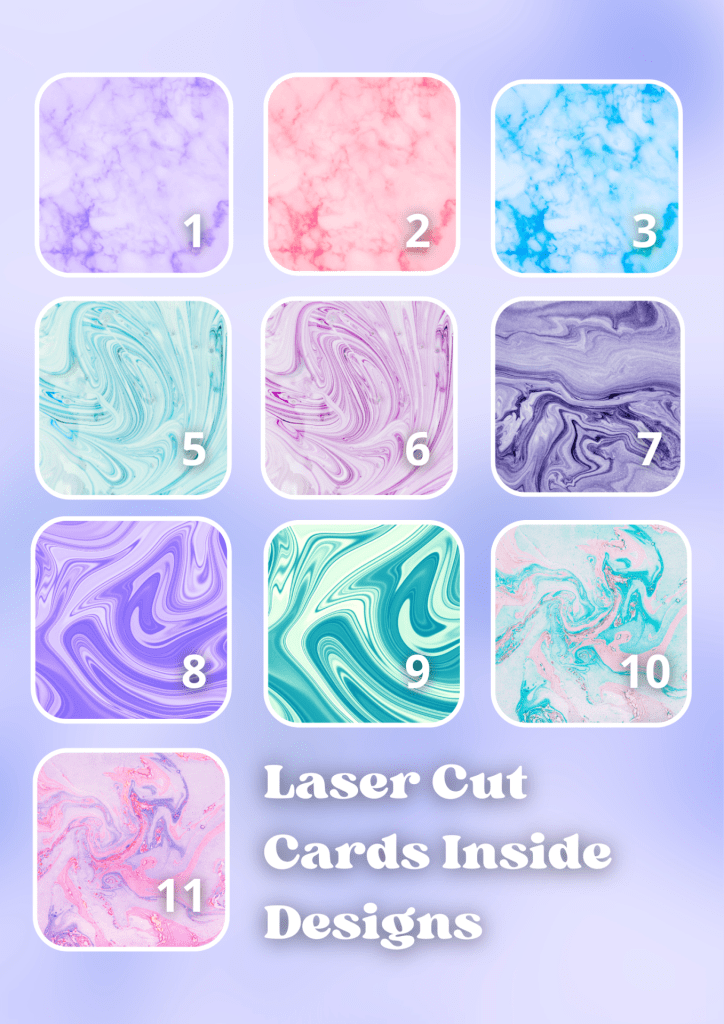
In the finishing room, I used spray adhesive to assemble the cards. This was to seal the inside decorative card in between the laser-cut card and the writing surface. This was a simple case of following instructions, so this turned out well. I also tested which designs would look most appealing by prototyping them on spare paper. I learnt that specific patterns would not look very appealing behind the laser-cut stencil. This included dark colours or patterns with artificial glitter. After creating my prototypes, I gathered different inside designs and put them onto a grid. This would help later on with preorders. In the finishing room, the cards tended to fly around due to the large exhaust. Next time, I would bring in something to hold the cards down to ensure a smooth production process.
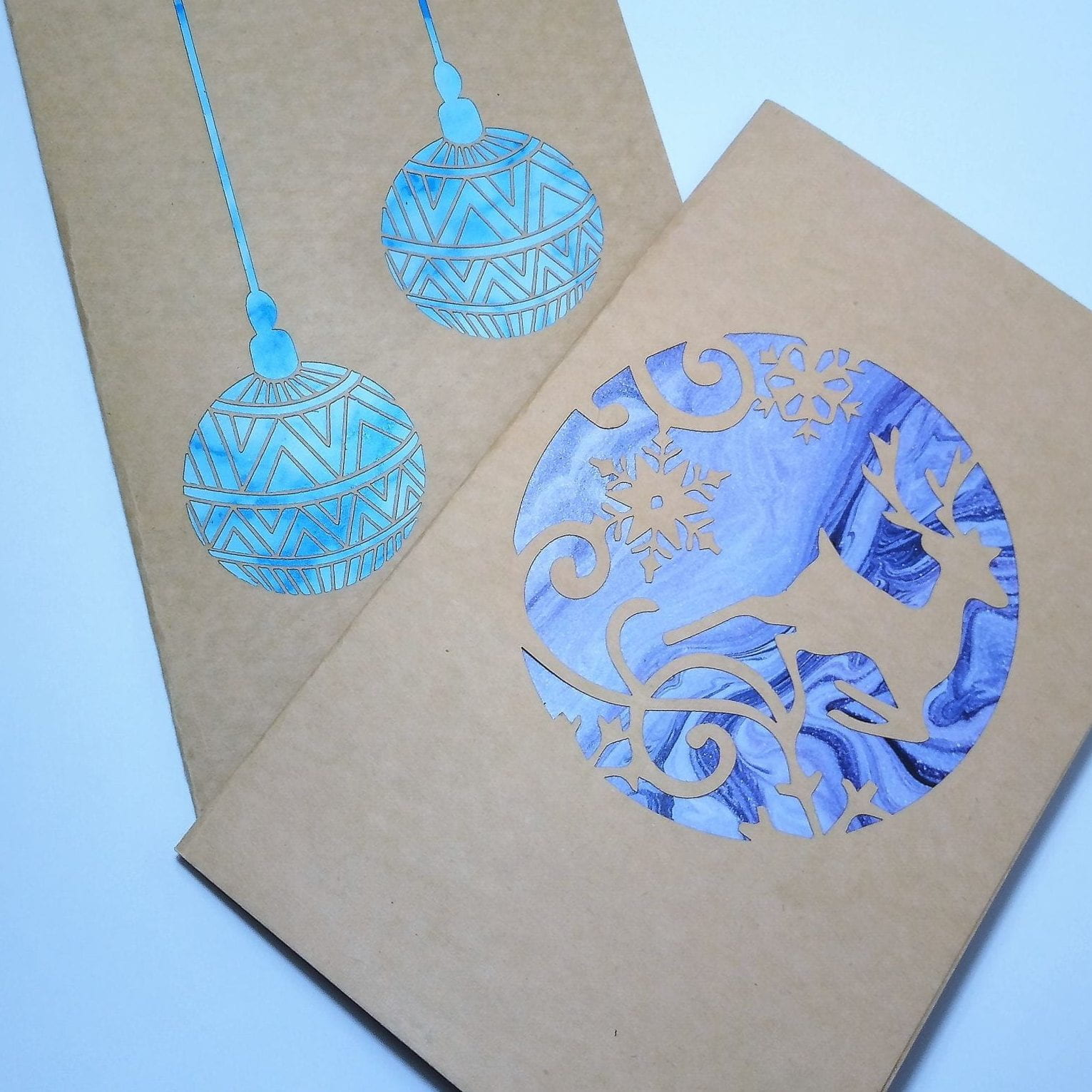
I was quite pleased with the production of my prototype due to how the cards came out with the new type of paper. However, next time I would clarify the exact time & place, so as to avoid wasted time or confusion, and to be more prepared with spare items (in this case, something to weigh the cards down). While designing and creating a prototype, I experienced the importance of effective communication (specifically through online means like email), organization (by staying on track to meet set deadlines), and the importance of being proactive (as I am the only person running my business and so cannot rely on others as much).

